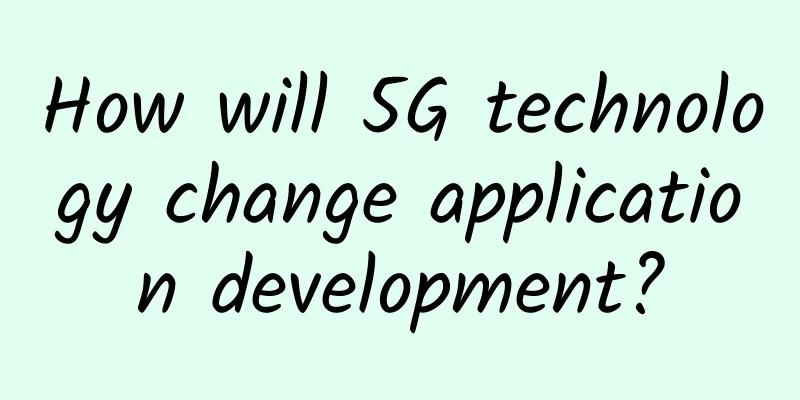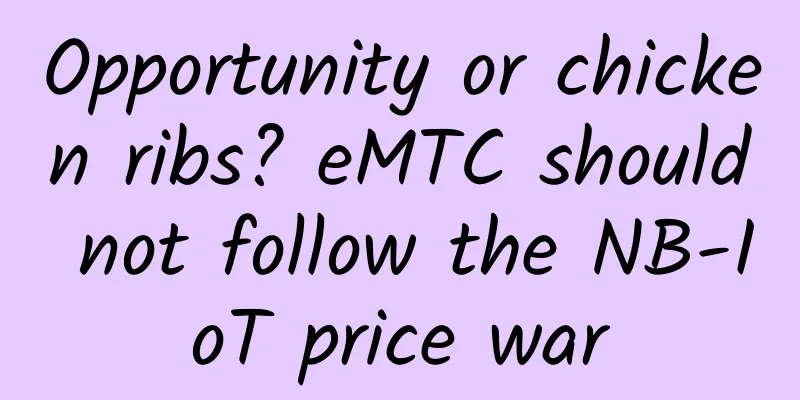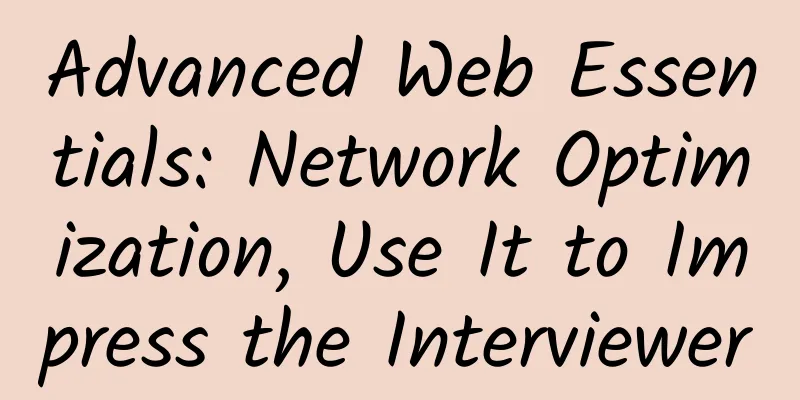How will 5G technology change application development?

|
Technology is constantly evolving, and it's evolving at a rapid pace. The need for better internet speeds, improved connectivity, and easier access has been a driving force behind the continued advancement of technology. 5G or the fifth generation of wireless cellular networks is the latest technology built to provide high-speed performance. The technology is expected to significantly improve network connectivity. It is also believed that the introduction of 5G will make it easier and more convenient to connect devices to obtain and share information due to its unified connection structure. Since its launch in 2019, 5G has attracted a lot of attention from users and network providers around the world. Many mobile operators are upgrading their existing networks to 5G and investing heavily. It is one of the most watched application development trends. 5G and Mobile ApplicationsThe impact of 5G on the mobile app industry will be enormous. It will take the user experience to a new level by speeding up the performance of applications. Mobile applications equipped with 5G technology will complement other technologies such as IoT, cloud computing, and AR/VR and help users in many ways. It will undoubtedly change the development of mobile applications. The role of 5G in application development5G has laid the foundation for future high-speed networks. App developers or app development companies are looking to make the most of this technology to create super-fast apps. Highlighted features that 5G will bring to mobile app development. 1. High speed5G is reportedly 100 times faster than 4G, the current high-speed network technology. Much faster than its predecessor, it’s only a matter of time before it surpasses LTE in terms of speed. While 4G can transmit up to 300 megabits of data per second, 5G is expected to transmit 3 megabits per second and this could be scaled up in the future. This will allow users to download large files in seconds, saving them time and increasing the usability of applications. 2. Connectivity4G can only connect 2,000 devices at a time within a radius of 0.38 square miles. 5G, on the other hand, is expected to provide connectivity to around 1 million devices at a time. It can handle huge network traffic while also allowing seamless connectivity. If reports are true, 5G will be operational in more than 1.4 billion devices by 2025. 3. Delay5G technology is powered by Ultra-Reliable Low Latency Connection (ULLC) which delivers data within milliseconds. Due to this minimal latency, mobile applications will be able to deliver data quickly in real-time. If we compare the latency of 5G and 4G, the former is 50 times faster than the latter. 4. Bandwidth5G technology operates across multiple frequency bands for better connectivity. Therefore, mobile applications are suitable for low-band (<1 GHz), mid-band (1-6 GHz), and high-band consisting of millimeter waves. 5. Improve battery lifeWith faster speeds and minimal latency, 5G is likely to reduce battery consumption. This will ultimately extend the battery life of smartphones and other IoT devices, and users will be able to use their smartphones for longer periods of time. 5G and its impact on application developmentWhat impact will 5G have on application development? Let’s take a look: More accurate GPS performanceThe involvement of 5G in GPS-based mobile applications will provide users with higher accuracy of real-time results, which will further improve the performance of navigation applications. For the automotive industry, this will be very useful. Improved IoTThe impact of 5G on IoT-based applications will be enormous. Applications will provide seamless connectivity across smart gadgets, wearables, or sensor-based devices. When combined with ML and AI, this will allow mobile app developers to incorporate ambient computing into their applications, making them smarter. Easy to merge high-resolution videosSince 5G will have super high speed, it will be able to watch high-resolution videos without any latency issues. Reducing latency will improve the performance of video streaming applications and provide users with a better viewing experience. This means that app developers can also include high-resolution (4K) videos in their apps to highlight products or services. Easily implement AR/VRDevelopers have been finding it challenging to incorporate AR and VR into their apps due to unstable networks or poor connectivity. With the high data transfer speeds offered by 5G, developers will be able to offer AR/VR experiences to end users. Including AR/VR will make these apps more interactive and engaging. This will not only benefit users, but brands will also be able to showcase their products in a better and more realistic way. Final ThoughtsIf it weren’t for the Covid-19 pandemic, 5G would have been rolled out around the world. However, this delay is allowing developers to fully tap into its potential and make the most of it. As we enter a new era of technological revolution (and changing user demands), it’s imperative that developers integrate 5G technology into their applications. |
>>: Meituan second interview: TCP's four waves, can it be reduced to three?
Recommend
[6.18] iOVZ VPS 20% off monthly payment and 30% off annual payment, Hong Kong VPS gets double memory
iOVZ Cloud released this year's 618 event pla...
Cloud signing! Changhong Jiahua and Huawei Enterprise Business reached a general distributor cooperation intention in China
[51CTO.com original article] On March 2, 2020, Hu...
Experience sharing: key points, difficulties and treatment measures of integrated wiring construction
For the wiring system, the difficulty of construc...
UCloud: Kuaijie Cloud Server (Ulanqab) starts from as low as 37 yuan in the first year
UCloud has recently launched the Golden Autumn Ca...
China Mobile's Huang Yuhong: China Mobile will be a pioneer in 5G empowerment of various industries
On August 8, Huang Yuhong, deputy director of Chi...
TCP retransmission problem troubleshooting ideas and practices
1. About TCP retransmission TCP retransmission is...
"5G IoT, Smart Journey" - China Unicom IoT shines at 2020 Beijing Communications Exhibition
From October 14 to 16, the 2020 China Internation...
The three major operators are launching preferential packages. How do you “change to a new one”?
Recently, some mobile phone users have found that...
Availability monitoring tool for large networks
[[184858]] No enterprise can live without network...
5 IT industry trends to watch in 2021
[[389534]] According to a recent survey report re...
SDN and NFV: Technology implementation and commercial deployment in full swing
On June 1-2, 2016, with the support of China SDN ...
Huawei launches IoT cloud service, emphasizes IoT security, and promotes large-scale commercial use of IoT
[51CTO.com original article] The Internet of Thin...
Revitalizing smart cities with edge computing and 5G
[[381381]] As we recover from Covid-19, we have a...
V.PS: €4.17/month KVM-1GB/20GB/1TB/Hong Kong Data Center
V.PS is a site under xTOM, providing VPS hosts ba...
Looking Ahead to 2020: 8 Enterprise Technologies That Will Be Impactful
As 2019 comes to an end, we try to predict which ...









